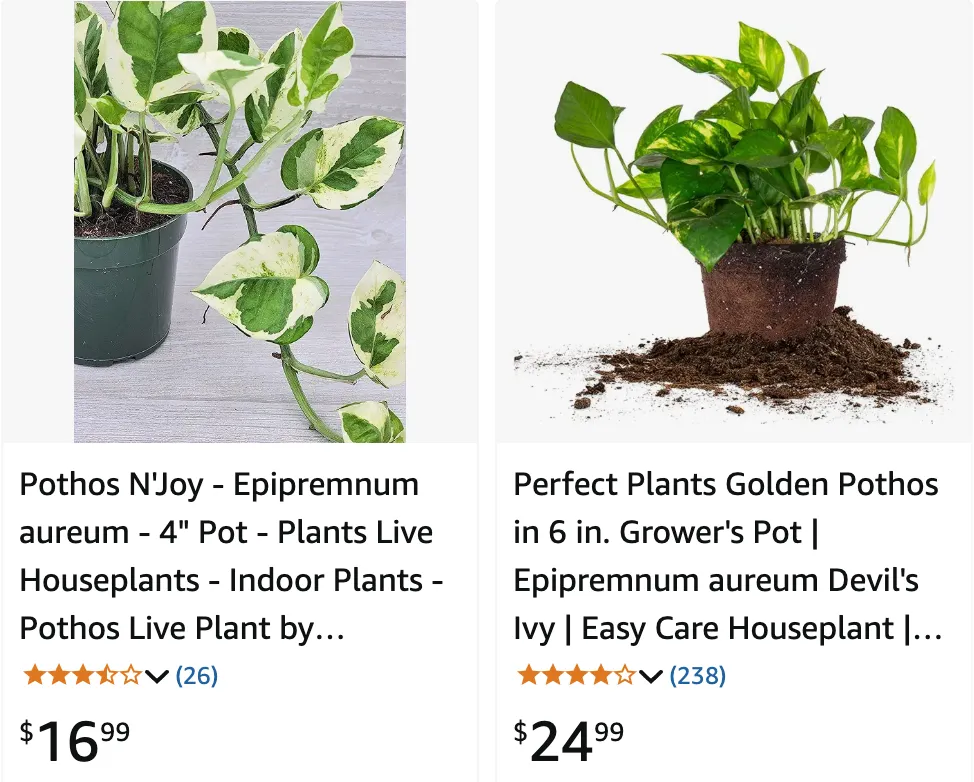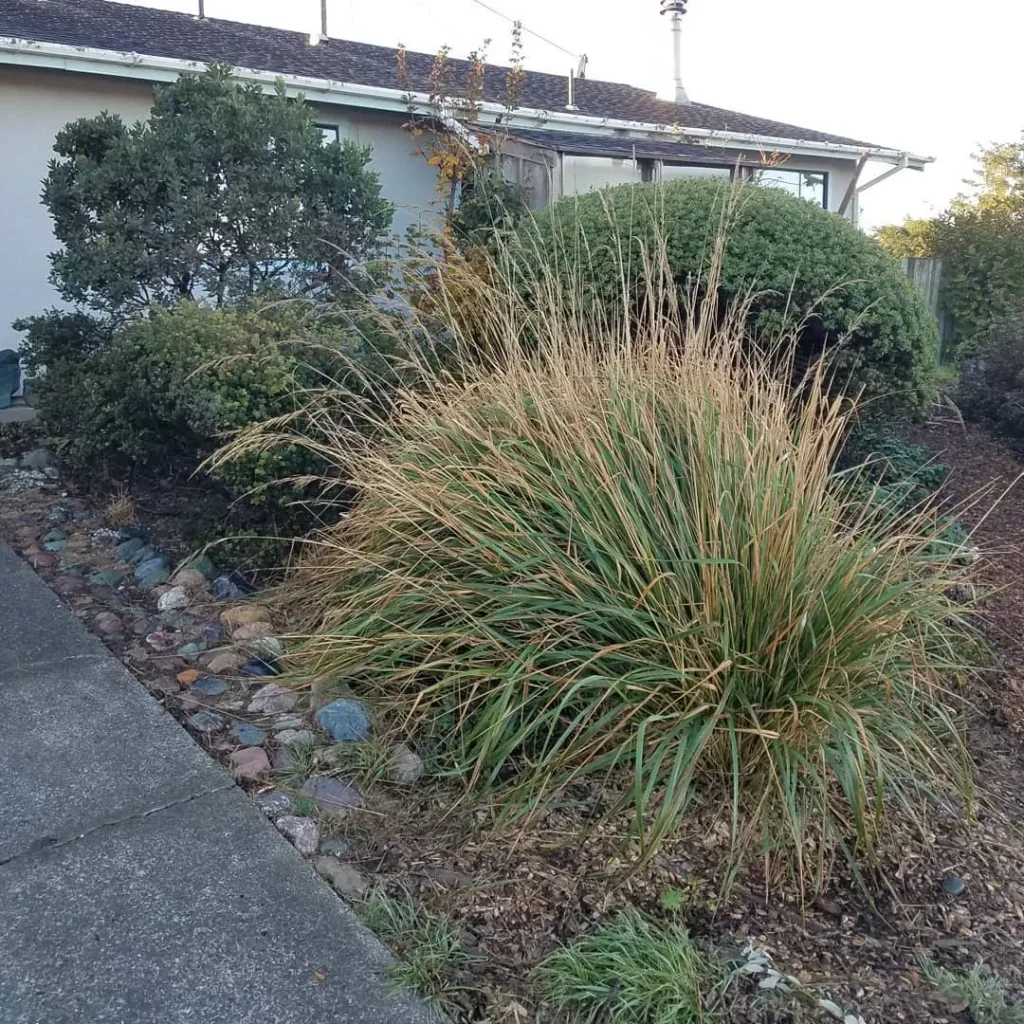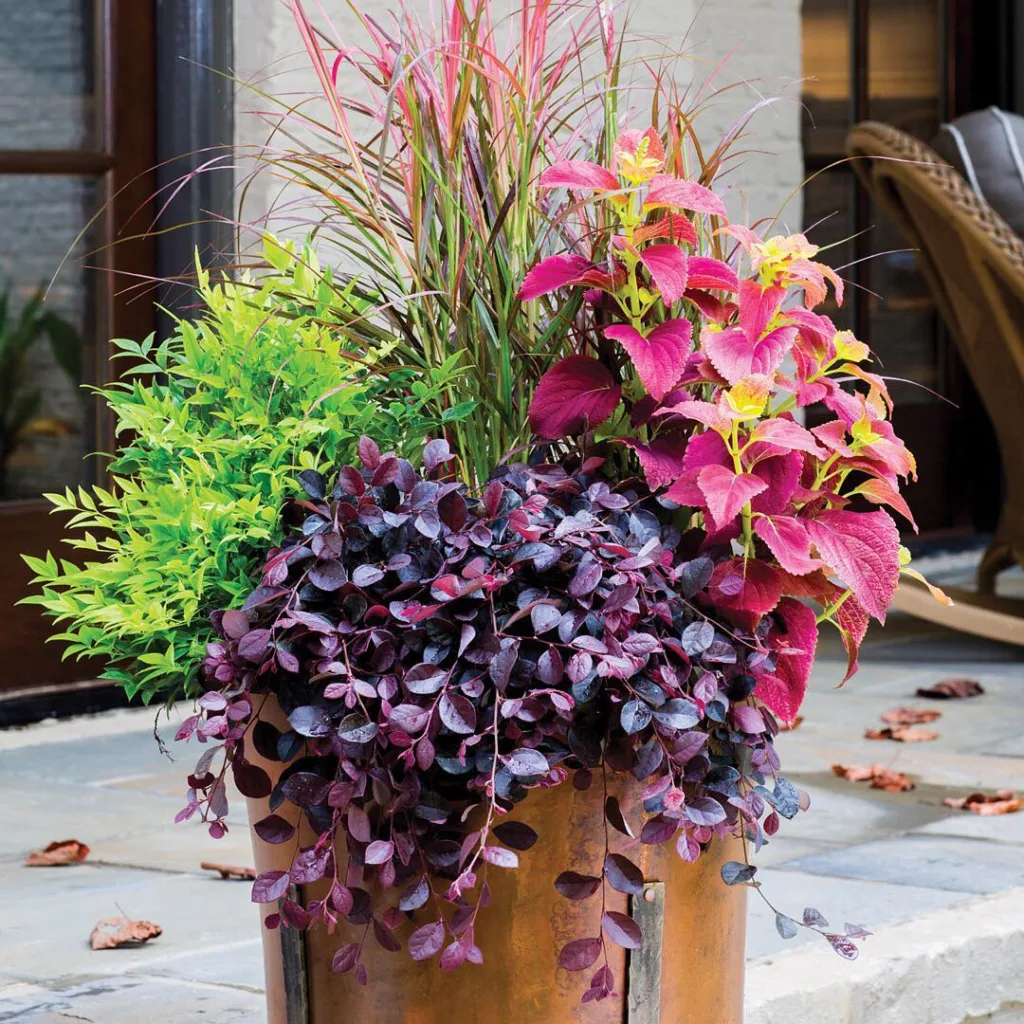
15 Species in Genus Epipremnum – Pothos
What is Epipremnum Aureum?
Epipremnum Aureum, commonly known as golden pothos, devil’s ivy, or money plant, is a popular houseplant known for its attractive, heart-shaped leaves with variegated green and yellow patterns. Native to Southeast Asia and the Pacific islands, it’s appreciated for its air-purifying qualities and ease of care.
How to care for Epipremnum Aureum?
Caring for Epipremnum Aureum is simple. It thrives in indirect, bright light but can tolerate low-light conditions. Water the plant when the top inch of soil feels dry, and ensure good drainage to prevent root rot. Maintain a temperature between 65°F and 85°F (18°C–29°C) and humidity levels above 40%. Fertilize once a month during the growing season with a balanced liquid fertilizer.
How to propagate Epipremnum Aureum?
Propagation is straightforward. Take a cutting with at least one node and a few leaves. Place the cutting in water, ensuring the node is submerged, or plant it directly into moist soil. Roots typically develop within two weeks in water. Transfer water-propagated cuttings to soil when the roots are about 2–3 inches long.
Is Epipremnum Aureum toxic to cats?
Yes, Epipremnum Aureum is toxic to cats. It contains calcium oxalate crystals, which can cause oral irritation, drooling, vomiting, and difficulty swallowing if ingested. Keep it out of reach of pets and contact a veterinarian immediately if your cat consumes any part of the plant.
Can Epipremnum Aureum live in water?
Yes, Epipremnum Aureum can live in water indefinitely. Place the cuttings in a container of clean water, ensuring the nodes are submerged. Change the water every 1–2 weeks to prevent stagnation and promote healthy growth. Adding a liquid fertilizer can support its nutrition.
How to pronounce Epipremnum Aureum?
It is pronounced as “eh-pee-PREM-num AW-ree-um.” Breaking it down: “Eh-pee-prem-num” refers to the genus, and “aw-ree-um” describes the species, derived from the Latin word for gold.
Is Epipremnum Aureum a pothos?
Yes, Epipremnum Aureum is commonly referred to as pothos. However, the name “pothos” is also used interchangeably for several similar-looking plants. Despite the confusion, Epipremnum Aureum is the most widely recognized plant under this name.
What plants grow well with Epipremnum Aureum?
Epipremnum Aureum pairs well with other low-maintenance indoor plants like spider plants, snake plants, or philodendrons. These plants share similar light, water, and temperature requirements, making them ideal companions for mixed arrangements.
Can you grow Epipremnum Aureum indoors?
Absolutely! Epipremnum Aureum is an excellent indoor plant. Its adaptability to low light, tolerance for neglect, and ability to thrive in various containers make it a top choice for indoor gardening.
What are the benefits of Epipremnum Aureum?
Besides its aesthetic appeal, Epipremnum Aureum is known for its air-purifying qualities. It removes toxins like formaldehyde, benzene, and carbon monoxide from the air. It’s also easy to care for, making it an excellent choice for beginner plant parents.
What are common problems with Epipremnum Aureum?
Common issues include yellowing leaves (overwatering or underwatering), brown tips (low humidity or excess salts), and leggy growth (insufficient light). Pests like spider mites or mealybugs can occasionally infest the plant. Regularly inspect and maintain proper care to prevent these problems.
How does Epipremnum Aureum compare to similar plants?
Epipremnum Aureum is often confused with philodendrons and Scindapsus varieties. While they share a similar trailing habit, pothos has thicker leaves with prominent variegation compared to philodendrons’ smoother, more delicate foliage. Scindapsus, like Satin Pothos, has a more velvety texture and silvery markings.
This FAQ highlights the essential aspects of Epipremnum Aureum care and characteristics, helping you understand and enjoy this versatile houseplant.
If i die, water my plants!



